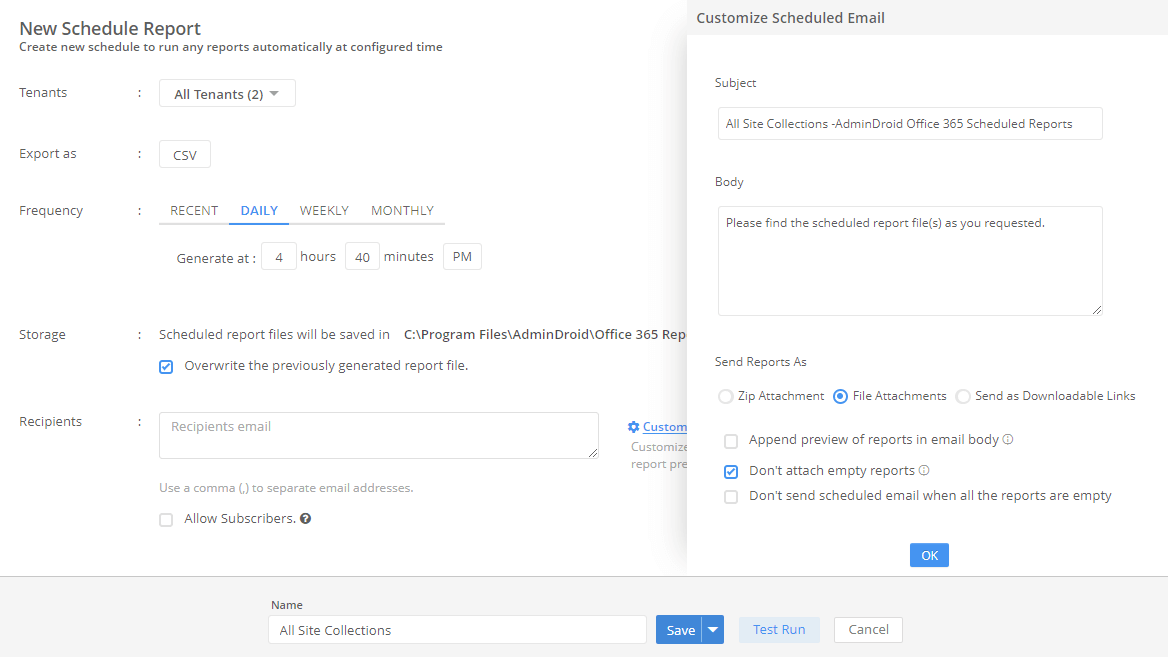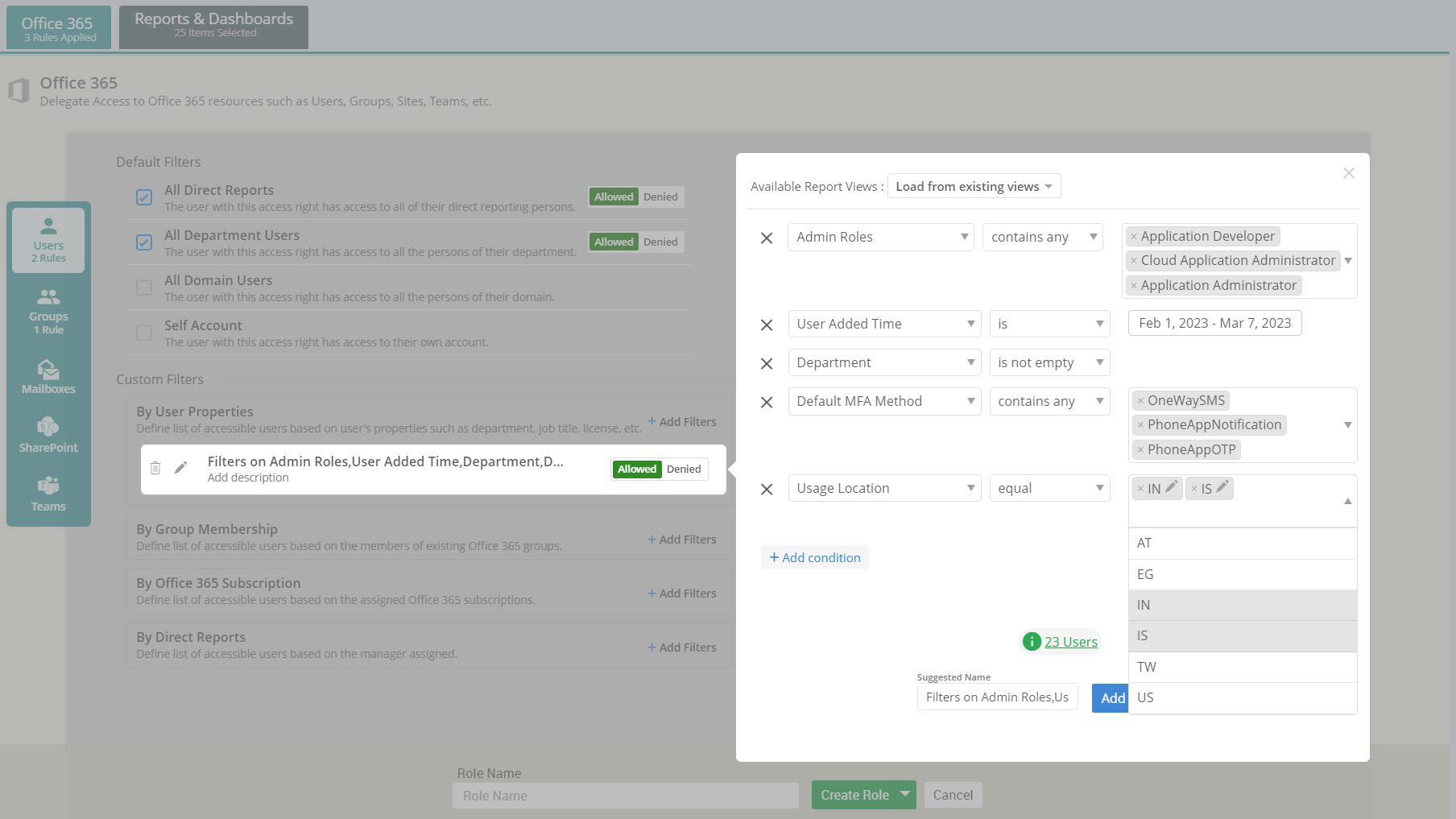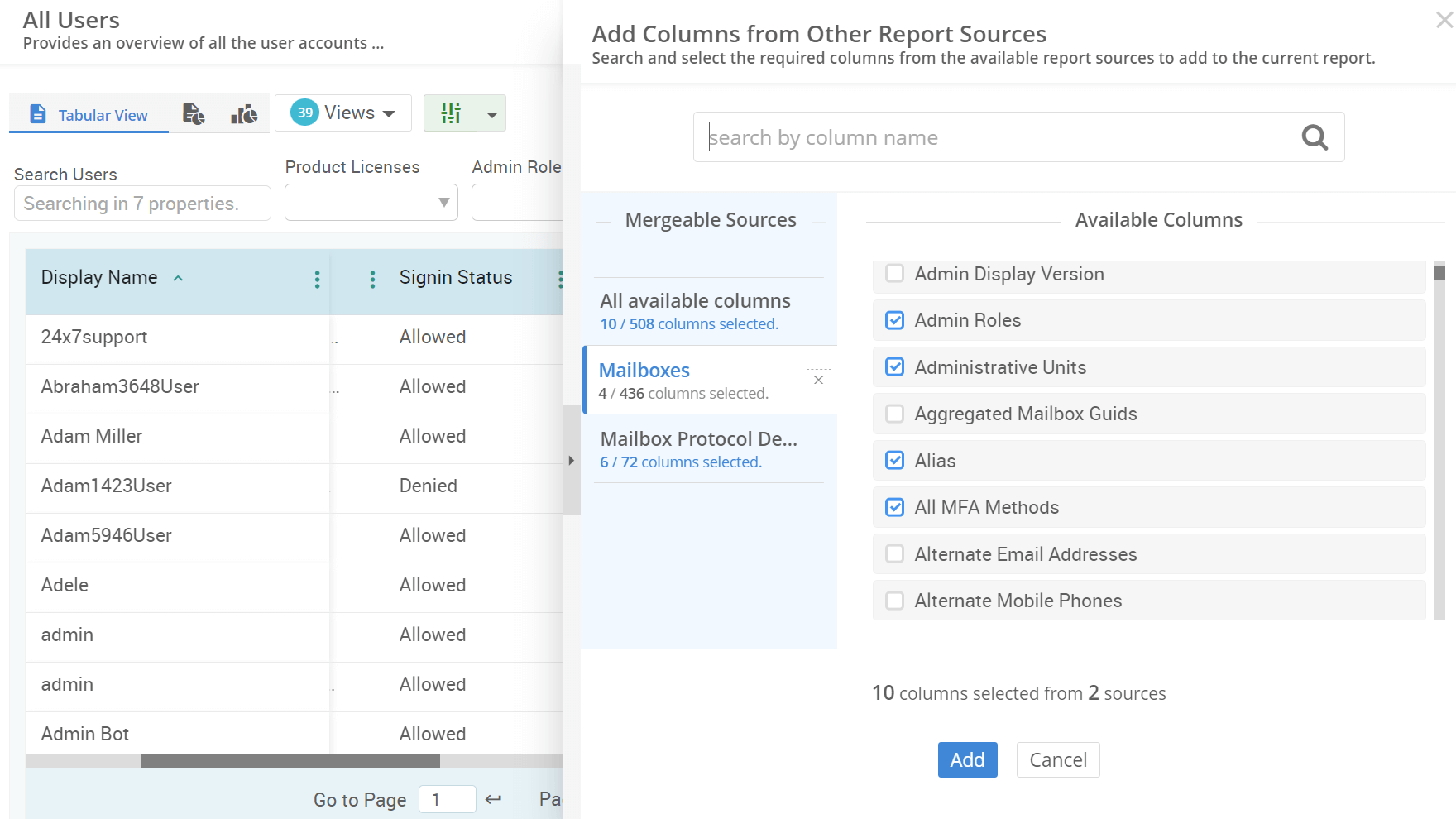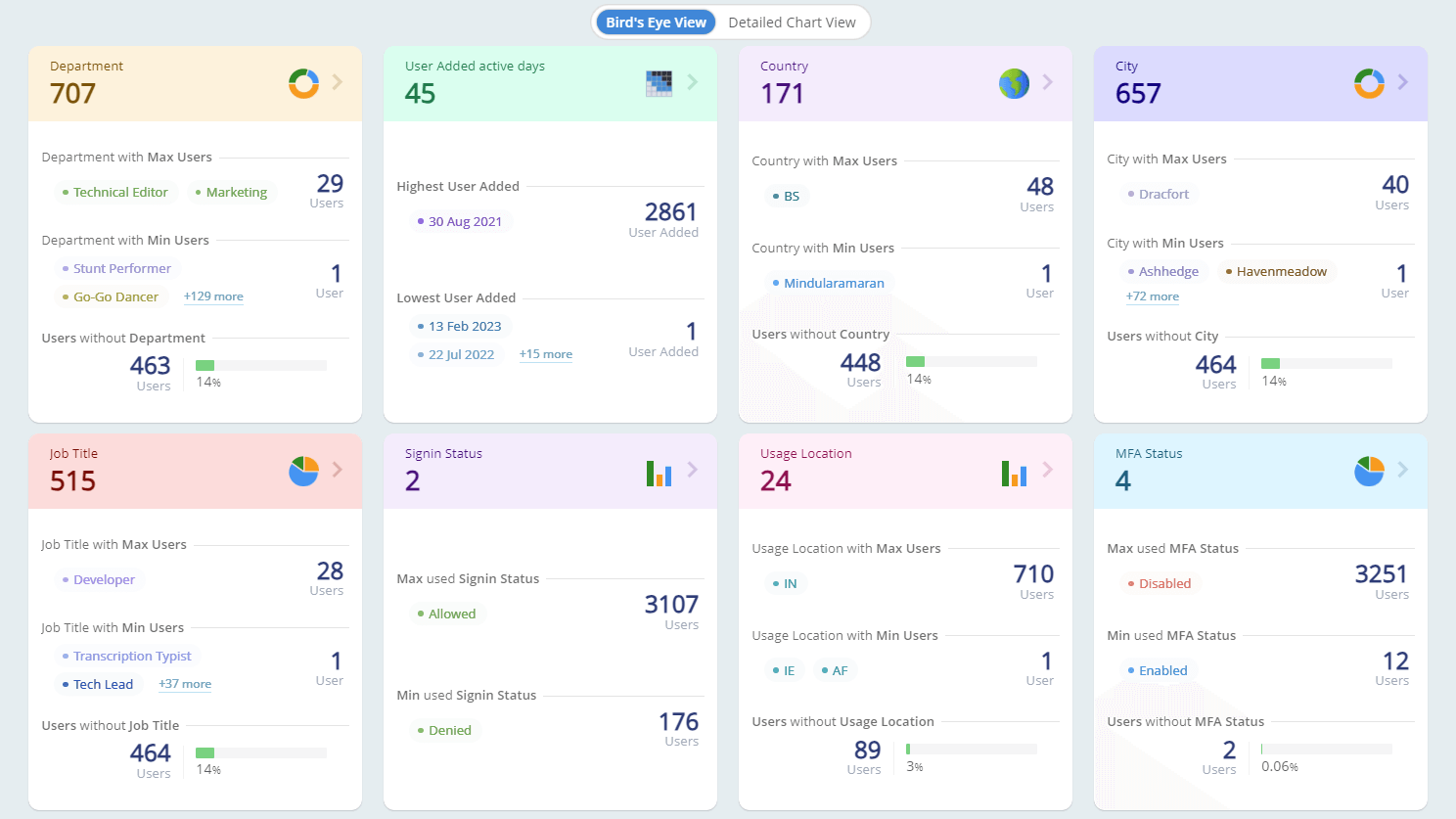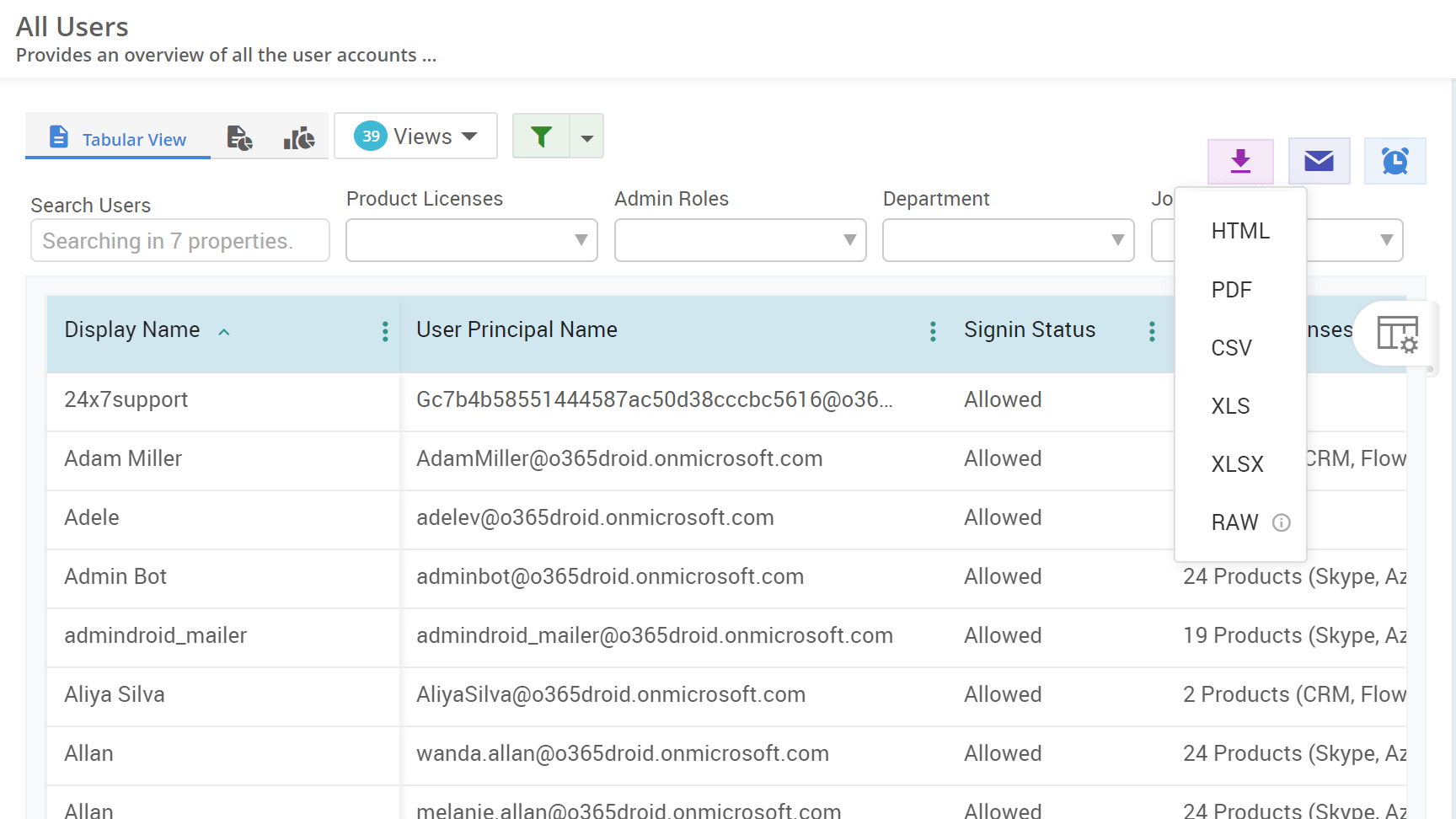How to Get Office 365 Group Owners List in Microsoft 365
Unattended ownership of Office 365 groups can be a security nightmare! If you forget to replace the owner privileges of former employees, a group will become ownerless. Thus, this guide will be your roadmap to identifying and managing Microsoft 365 group owners to remove unwanted privileges and avoid ownerless groups in your organization.








